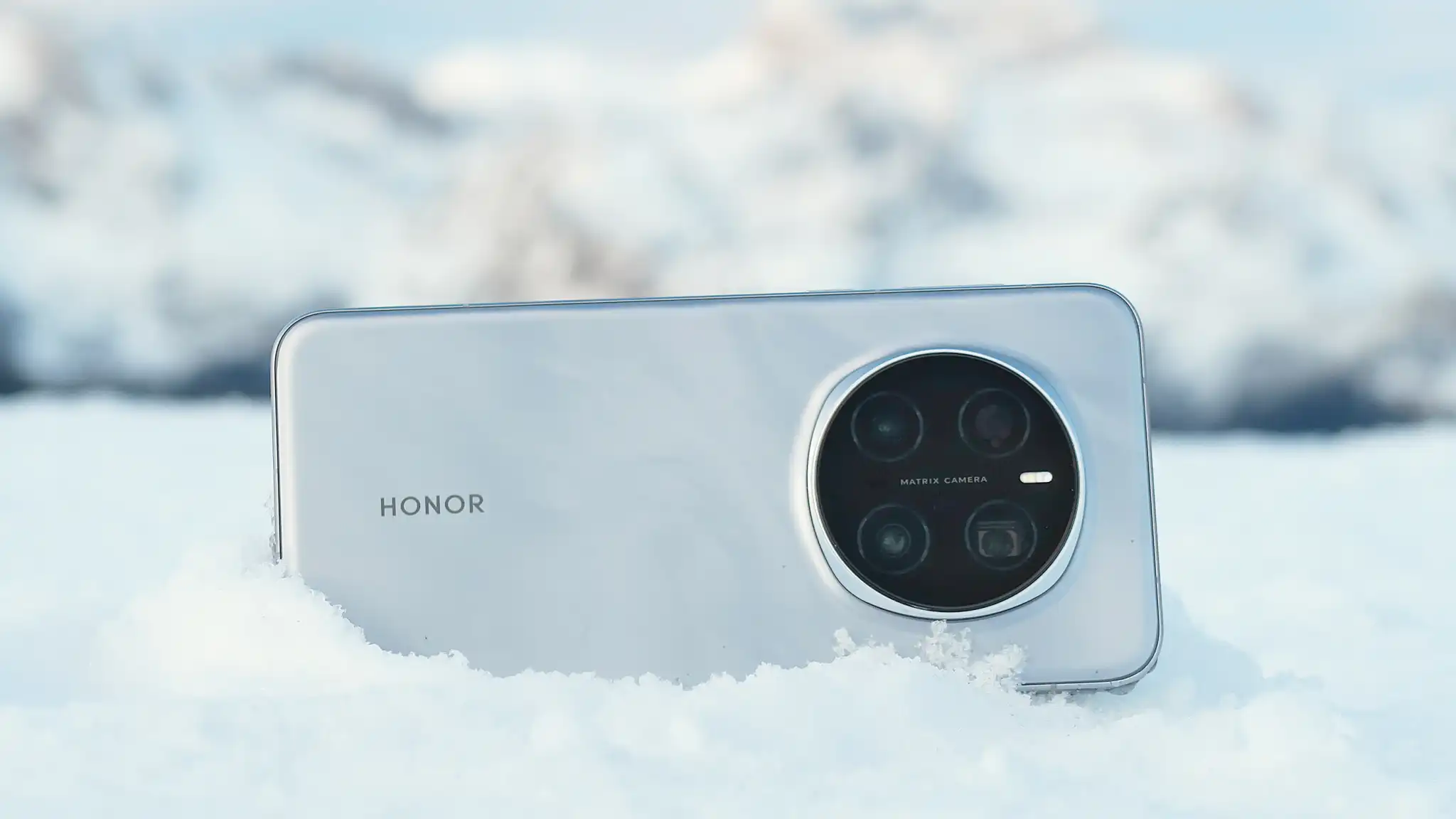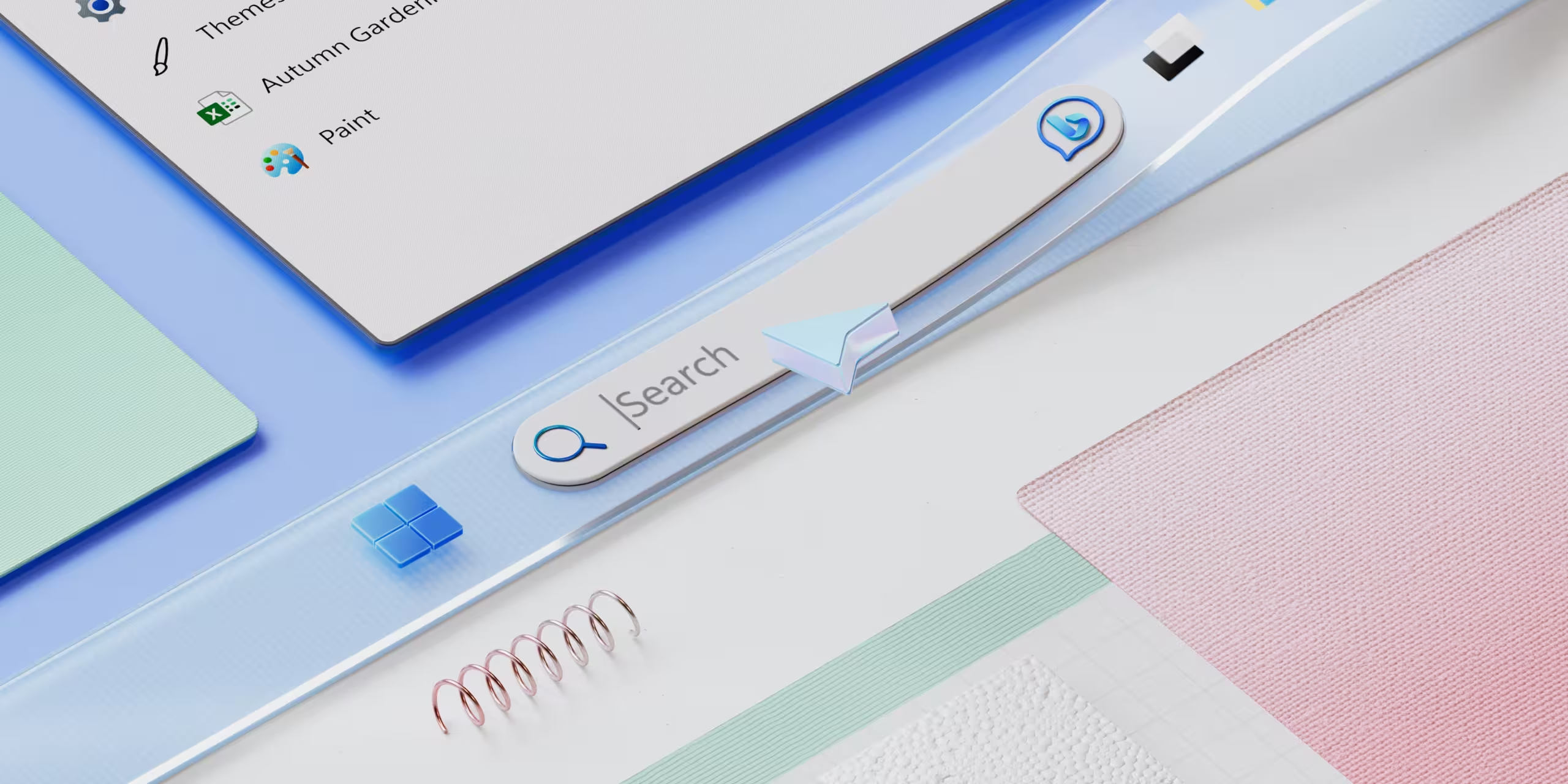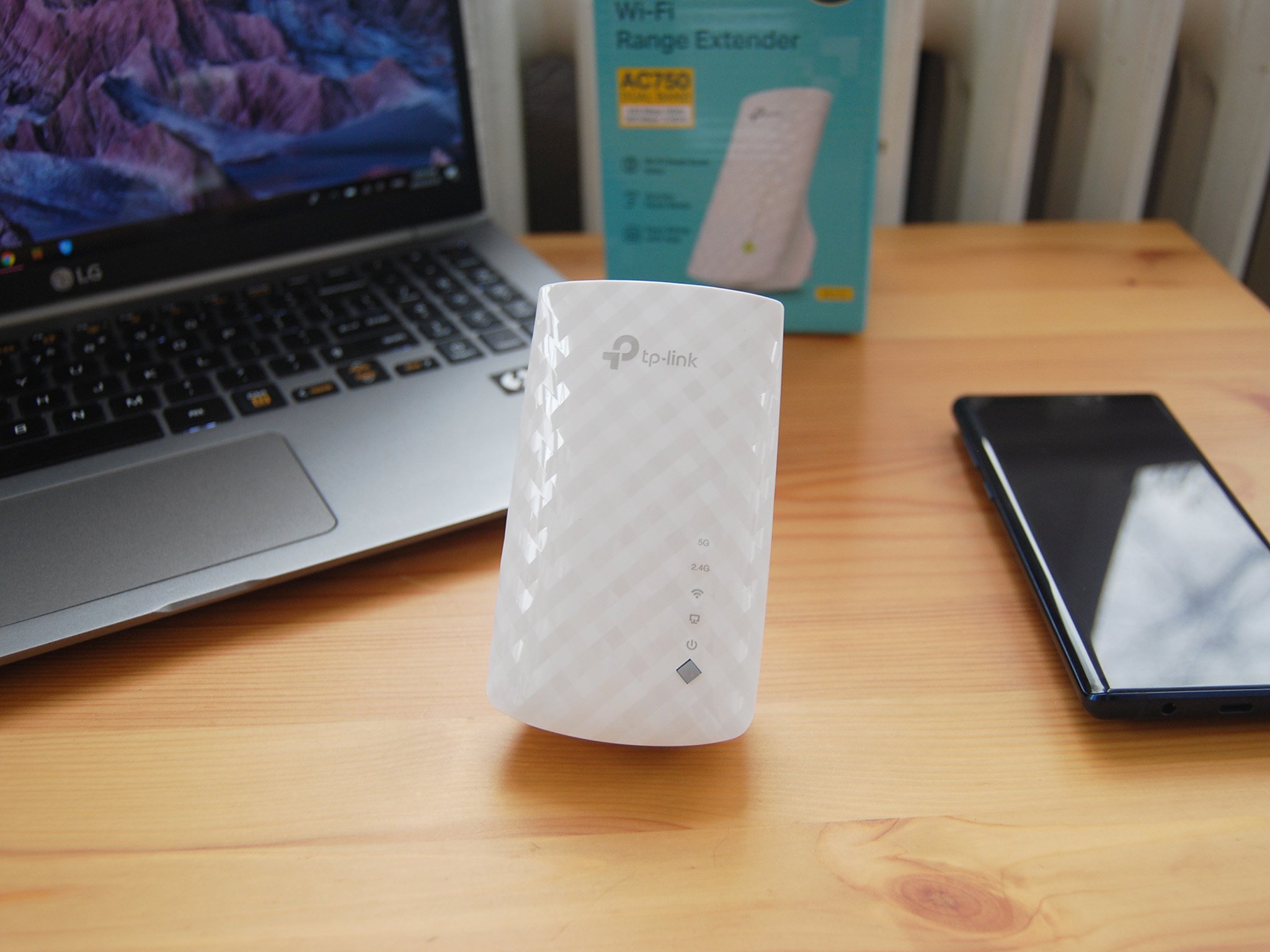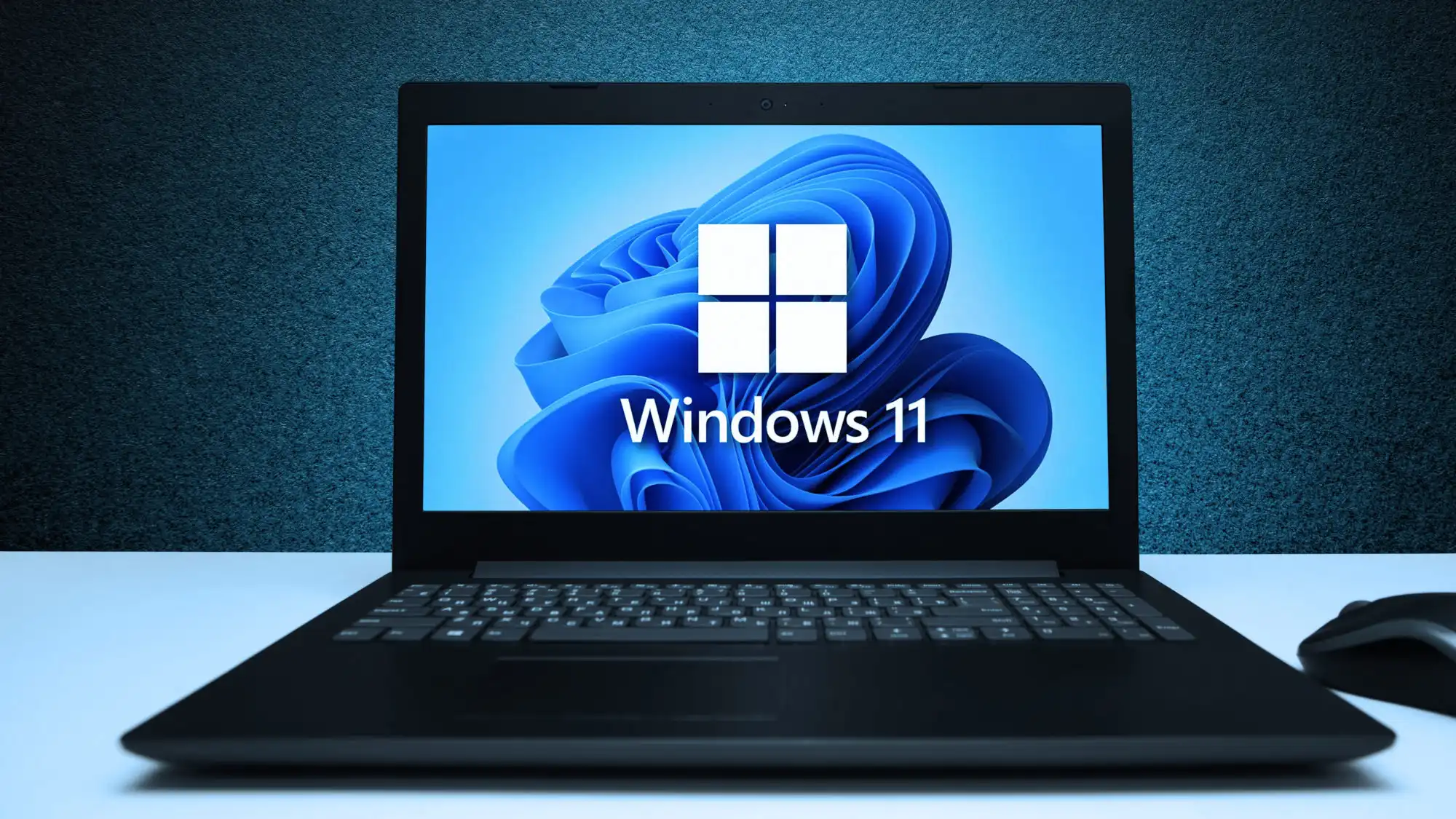Honor’s latest flagship boasts an AI-enhanced camera and a top-shelf chipset
Like its predecessor, the new Honor Magic 7 Pro arrives at the start of the calendar year, intent on setting the bar by which forthcoming rivals are measured.
It promises bombastic hardware, with Qualcomm’s latest top-tier Snapdragon 8 Elite chipset, superior viewing comfort, a camera setup punctuated by a new 200Mp 3x telephoto sensor, the company’s newest battery tech, and upgraded photographic and productivity-centric AI features.
All that said, 2025 is already hotting up; with the recent release of the OnePlus 13, the imminent launch of the Samsung Galaxy S25 series and Xiaomi waiting in the wings to bring its newest flagship Xiaomi 15 lineup to international audiences.
So does the Honor Magic 7 Pro have what it takes to earn a spot as one of the best phones of 2025? Let’s find out.
Design & Build
- Refinement of previous design
- NanoCrystal Shield cover glass
- IP68 & IP69 rated against dust and water
For the most part, the Honor Magic 7 Pro’s aesthetics are a clear continuation of those seen on its predecessor.
Most notably, the ‘squircle’ camera surround and heavily rounded corners of the Honor Magic 6 Pro persist, although things have been massaged this generation, for greater subtlety and better ergonomics.
I don’t mind the lower screen-to-body ratio, which comes as a result of reduced rounding along the edges of the phone’s cover glass. The (marginally thicker) bezels are still pleasingly thin, narrow and balanced, but you also get a flatter screen that’s easier to use.
Speaking of which, Honor claims that the ‘NanoCrystal Shield’ protecting the screen is able to offer drop protection that’s ten times better than conventional smartphone cover glass.

Foundry | Alex Walker-Todd
I never threw my review unit on hard ground (shock horror), but after a month of use without a case there’s no real sign of wear and tear, even after having been partly buried in snow, laid across timbers and stone, and generally knocked around by the inevitable geometry encountered in day to day use.
The 7 Pro also ups the ante with its water resistance, with the 6 Pro’s IP68-certified protection now joined by IP69-certification, which accounts for high-pressure water jets at up to 80°C. This means the 7 Pro isn’t just comfortable in the wet, but a hot and steamy shower shouldn’t cause any issues either.
Testing the 7 Pro with wet hands didn’t appear to affect interaction, with swipes, taps and use of the in-display ultrasonic fingerprint sensor all proving as consistent and rapid as you could hope for.

Foundry | Alex Walker-Todd
The most obvious visual difference between generations is the reworking of the phone’s rear triple camera array, which for the last two entries in the series has sat in a triangular configuration; with the surface around the camera cut-outs colour-matched to the phone’s body. The Magic 7 Pro opts for a more conventional look.
The three rear sensors and laser autofocus array now sit in a squared layout, with their placement mostly concealed by the switch back to an all-black camera surround.
It makes telling the 7 Pro apart from its predecessor easier, but actually means it’s a more generic looking phone overall, with the likes of the Xiaomi 14 Ultra, Realme 14 Pro and Vivo X200 Pro being just some instances of recent alternatives that also have big black circular camera modules on their backs.
The glass of the camera module also protrudes past the surrounding metal squircle, meaning it’s more susceptible to catching on things, and potentially chipping or shattering, if you don’t throw protection on the phone first. And no, Honor doesn’t include a case in the box (but it does sell one separately for £24.99, in the UK).
it’s far more interesting than anything you’d find from the likes of Apple’s, Google’s or Samsung’s current best

Foundry | Alex Walker-Todd
With the international model, you’ve got three colourways to choose from: Lunar Shadow Grey (pictured in this review), Breeze Blue or black. The effect on the Lunar Shadow Grey is eye-catching for sure, with a finish reminiscent of the patina on a mirror; reflecting light in contrast against itself.
It’s not as audacious as some of the Honor finishes from yesteryear (the Honor View 20‘s refractive chevron motif comes to mind) but it’s far more interesting than anything you’d find from the likes of Apple’s, Google’s or Samsung’s current best.
The Breeze Blue finish is exclusively available when picking the Magic 7 Pro up direct from Honor’s online store, but while I always appreciate a more vibrant option to choose from, in this case, I think it’s the weakest finish of the three.
Counterintuitively, the diffuse effect of the back glass on the black model gives it particular allure; more so than most black phones that hit the market.
Screen & Speakers
- 6.8-inch 1280 x 2800 1-120Hz LTPO OLED
- HBM brightness: 1600nits, peak brightness: 5000nits
- Honor Surround Subwoofer
As far as the audiovisual experience is concerned, the Magic 7 Pro is among the best out there today, with one small caveat.
The Magic series has pushed the envelope, in terms of technologies and techniques that help mitigate eye strain, over the past few generations. Key aspects of this feature set – like 4320Hz PWM (pulse-width modulation) dimming – endure on the 7 Pro, but with this model, they’re joined by a new circular polarizer too.

Foundry | Alex Walker-Todd
Unlike a linear polarizer, light is diffused evenly, no matter the viewing angle or phone orientation, with the bonus effect of side-stepping the apparent screen dimming that occurs when looking at a screen off-axis, while wearing polarised sunglasses.
It’s not the most outlandish innovation in its own right, but in the context of Honor’s existing repertoire of eye comfort tricks, it’s yet another welcome addition.
Honor is so committed to offering the best, most comfortable viewing experience out there, that the ‘Natural Light Honor AI Eye Comfort Display’ (to use its full title) even gets its own sub-section in the phone’s settings menu; separate from the general display and brightness controls.
Here you can toggle additional eye care features, like Circadian Night Display, which warms colour temperature in the evenings, relative to your bed time.

Foundry | Alex Walker-Todd
More fundamental to any phone’s viewing prowess is brightness, and the 7 Pro delivers here too, with a whopping 5000nit peak brightness; outpacing the likes of the Galaxy S24 Ultra (which peaks at just 2600 nits) and ensuring great-looking HDR content to boot.
More importantly, however, is the panel-wide 1600 nit peak output (matching the recent OnePlus 13), which means great outdoor visibility, even in bright surroundings. Could it go brighter? Sure, but that doesn’t detract from the fact the Magic 7 Pro’s screen can throw out light and colour better than practically any rival, at present.
While it might at first seem arbitrary, with a phone as highly priced as the Magic 7 Pro, attributes like resolution and pixel density need to be scrutinised too; more than they would otherwise be on a more affordable device.
The phone’s 1280 x 2800 (the same resolution as its predecessor) panel undeniably looks great and will prove perfectly sharp for most people, but at 453ppi (pixels per inch), it lags behind practically every one of its most like-minded competitors; from the aforementioned Ultras to the likes of the Pixel 9 Pro XL and even the iPhone 16 Pro Max.
It’s great that both refresh rate and resolution can scale in the pursuit of power efficiency, but the Honor’s resolution ceiling is just that much lower, which sticks out among those it’s looking to surpass.
Its stereo speakers are second to none

Foundry | Alex Walker-Todd
Unlike the asterisk that hangs over the phone’s otherwise-excellent viewing experience, its stereo speakers are second to none in today’s smartphone space.
While I’d welcome even more bass on future iterations, the 7 Pro outshines strong rivals, like Sony’s latest Xperia 1 VI, with low distortion throughout the phone’s volume range, and a fullness to the sound that other phones can’t match.
There’s even control for the ‘Honor Sound Subwoofer’ with ‘Premium Bass’ mode activated by default, but the option to switch to ‘3D Surround Sound’, as well as a ‘standard’ mode too.
As for wireless audio, over the phone’s Bluetooth 5.4 connection, you again have the option of spatial audio, but by default, the phone relies on DTS:X Ultra technology for a more immersive sound profile.
Specs & Performance
- Qualcomm Snapdragon 8 Elite chipset
- 12GB RAM & 512GB storage
- RAM Expansion up to an additional 12GB
As the torch bearer for Honor’s 2025 mobile efforts, it should come as no surprise that the Magic 7 Pro packs Qualcomm’s latest top-of-the-line mobile chipset: the Snapdragon 8 Elite.
It’s the silicon we first spent some time with on the OnePlus 13 and will likely feature in the majority of the year’s best and brightest phones.

Foundry | Alex Walker-Todd
In the case of the Magic 7 Pro, it’s been put to good use, serving up impressive benchmarking scores that top anything bar the similarly-specced OnePlus, even trouncing Apple’s mighty A18 Pro SoC.
Although Honor hasn’t spoken much on the 7 Pro’s thermal management, real-world testing shows that even at maxed settings, the phone had no qualms delivering consistently smooth high-fidelity gameplay with only mild warming after a full hour’s play time of Zenless Zone Zero.
In most situations, you’re unlikely to challenge the 7 Pro’s hardware, but it’s nice to know that the performance headroom will guarantee this remains a capable phone in the long-term.
Honor Magic 7 Pro benchmarks
Unlike the model in Honor’s native China, or the special edition Magic 7 RSR (Honor’s latest collaboration with Porsche Design), the European variant tested in this review comes in a single 12GB RAM / 512GB storage configuration.
Even though there are rivals with a tad more memory (not to mention the pricier RSR comes with twice as much), the 7 Pro feels well future-proofed. And if you do have memory concerns, up to 12GB of the phone’s speedy UFS 4.0 storage can be reallocated as additional virtual RAM anyway; a long-standing feature dubbed ‘RAM Expansion’.
Cameras
- 50Mp main, ultrawide and selfie cameras
- 200Mp 3x telephoto camera
- AI SuperZoom up to 100x
Although Honor’s moved the camera senors around on the phone’s back, the Magic 7 Pro features the same 50Mp main, ultrawide and selfie sensor as the 6 Pro.
The headline grabber, from the perspective of both Honor’s marketing and based on real-world testing, is the new 200Mp 3x periscopic telephoto sensor; up from a 180Mp 2.5x telephoto on the 6 Pro. It’s the largest of its kind in any smartphone and allows for the capture of some great shots, especially as it supports 6x lossless sensor-cropped capture too.

Foundry | Alex Walker-Todd
To supplement the promise of super long-range shooting (up to 100x), Honor’s also added a feature called ‘AI Super Zoom’ to the 7 Pro. It kicks in above 30x magnification and requires an internet connection, as it relies on off-device processing of your snaps, but in return, you have the chance to rescue often otherwise unusable shots.
In practice, however, while an interesting upgrade, you have to be discerning about what you’re trying to capture.
Telephoto camera samples
Man-made subjects – things likely to feature lots of straight lines and uniform or regular shapes – don’t hold-up well after being squeezed through AI Super Zoom’s processing, while the inherent irregularity of the geometry in natural objects – trees or forests, snow-capped mountains etc. – better align with the creative license the 7 Pro takes with images.
Provided you’re OK with what often appears to be a painterly look (very similar to the processing I saw applied to extreme zoom shots from the Xiaomi 14 Ultra), AI Super Zoom has its uses, it’s just not as reliable or capable as Honor wants you to think it is. It’s also worth noting that the moon shots, while impressive, are synthesised in-camera too.
AI Super Zoom at 50x
One thing the Magic 7 Pro’s Falcon Camera system is particularly good at is freezing motion. The main 1/1.3-inch 50Mp sensor comes with a variable ƒ/1.4 to ƒ/2.0 aperture. This automatically opens up or closes down, depending on available light, in order to keep noise low and capture as much detail as possible (you can alter the aperture manually in Pro mode).
HD Burst off / on
If you don’t have time or don’t want to fiddle with the pro controls, Action Mode automatically kicks on when the 7 Pro detects a moving subject in-frame, again helping freeze motion and reduce the chance of a blurry shot effectively. It’s a nice inclusion, but I found it kicked on a little too readily; usually when the phone itself was just moving as I raised it to frame up a subject, even if the subject itself was stationary.
Building on that, HD Super Burst is a new way to ensure high-quality still capture of moving subjects at 10fps, and it delivered in testing (see above), with crisp results, even against fast-moving sledders kicking up snow as they passed me by.

Foundry | Alex Walker-Todd
Portrait shooting is more versatile than ever, now available across 1x, 2x, 3x and 6x zoom levels, with the Studio Harcourt treatments (Vivid, Colour and Classic) we were introduced to alongside the Honor 200 Pro last year, present too.
The Magic 7 Pro’s camera system is brimming with features, like those designed to help get the clearest shot, whether it’s far away or fast moving, but for all of the creative shooting modes on offer, it’s the fundamental image processing that Honor really needs to focus on with its next flagship.
Even when viewing shots in the phone’s native camera app, there’s evident colour banding when looking at great swathes of sky. The colour science can nail it, but inconsistently, while the phone’s HDR processing tends to over-expose; either brightening areas of shadow with the effect of flattening out an image, or causing the brightest areas to blow out, rather than stopping down.
Battery Life & Charging
- 5270mAh (Si-C) battery
- 100W wired + 80W wireless charging
- No power adapter in-box
The Magic 7 Pro showcases Honor’s third-generation Si-C (silicon carbon) battery tech, which delivers greater energy density, without adding bulk. It’s what’s allowed the 7 Pro to boast a larger 5850mAh capacity (up from 5600mAh on the Magic 6 Pro), whilst being a lighter phone overall. If only this were true for all markets, though.
When asked, Honor wasn’t specific as to the ‘why’, beyond insinuating EU regulation may have played a part in the change. Unlike the Honor Magic 7 Pro sold in China and the international model available in the likes of Malaysia, across Honor’s retail markets throughout the EU and the UK, the phone loses its bragging rights, coming instead with a smaller 5270mAh cell.

Foundry | Alex Walker-Todd
Even so, the EU model tested for this review still put up a great fight, delivering a great score of 12:37 in our PCMark battery benchmarking test and a solid 10.25 hours of screen-on time on a single charge in real-world use.
This translates to a day and a half of confident use, or two days with more considered use. It’s important to remember that the EU 7 Pro’s capacity and battery tech still surpass what’s available from the latest Apple, Samsung or Google handsets – it’s no slouch.
Honor includes a 6A USB A-to-C cable in-box, but no power adapter, which is a shame because the Magic 7 Pro can be refilled at a blistering pace (a promised full recharge in 33 minutes) with the right brick.
It’s just bittersweet that buyers in the region will be getting a slightly lesser version of the phone
The Magic 7 Pro supports up to 100W wired and 80W wireless charging (that’s 20W and 14W faster than the 6 Pro, respectively), you just need one of Honor’s chargers to reach those speeds. Sadly, I don’t own a 100W Honor Super Charger, but to my surprise, the 66W adapter from my Honor MagicPad 2, did just as good a job, refilling the phone from flat in 33 minutes, begging the question, what are those outstanding 34W even for?
Even with the smaller capacity, the battery performance of the EU 7 Pro remains competitive and still beats down some of the latest offerings from Honor’s key rivals; it’s just bittersweet that buyers in the region will be getting a slightly lesser version of the phone unless they import.
Software & Features
- MagicOS 9.0 atop Android 15
- Eye tracking
- 5 years OS + 5 years security update support
Honor’s MagicOS may not be as clean or as elegant a user experience as Google’s Pixel launcher or OnePlus’ OxygenOS, but it’s filled with interesting features. The latest rendition – MagicOS 9.0, as it appears on the 7 Pro (running atop the latest Android 15) – unsurprisingly focuses on adding to or expanding AI functionality, as is all the rage, at present.
Before diving into that, however, newcomers will more immediately be struck by the many similarities to a certain Apple-made mobile OS it bears.
If you’re coming from an iPhone, MagicOS has long-held numerous iOS-like sensibilities; from the quick settings and notifications accessed by swiping from the top right or left corner of the screen, respectively, and the lack of an apps drawer by default, to the wallpapers and, more recently, Honor’s take on the Dynamic Island.

Foundry | Alex Walker-Todd
Like the iPhone’s stylised cutout, the ‘Magic Capsule’ on the Honor Magic 7 Pro houses the front facing camera, as well as a 3D ToF (time of flight) depth sensor. This allows for face unlocking with added security (which works reliably, even in low light), and offers easy access to persistent notifications, like timers and music playback controls. So far, so Apple. Honor’s taken things further, though.
One of the features teased between the release of the Magic 6 Pro and 7 Pro was the promise of eye tracking, and it functions surprisingly well, practically straight out of the box on the company’s latest.
After a brief calibration where you look at a few specified points on screen, across a range of different lighting environments and at varying angles, I was impressed how the Magic 7 Pro would be able to track my gaze, showing a dot on-screen that followed wherever I was looking.
Honor hasn’t gone anywhere near as deep with its AI tools
It’s impressive tech, but I can’t help but feel like we’re only seeing the tip of the iceberg. Right now, if the phone notices you staring at a notification that just popped up for long enough, it’ll act as if you tapped the notification and open the relevant app.
The system can be used to make sure the interface is orientated correctly, make sure the screen doesn’t go to sleep when you’re looking at it, or wake up when you glance at it. You can even use your eyes to quiet an incoming phone call.
True gaze-driven hands-free interaction feels like a ways off, but Honor is set to be the pioneer in this area if it continues.

Foundry | Alex Walker-Todd
Magic Portal is MagicOS’ universal sharing menu; activated by long-pressing on imagery or text, and now by drawing around an element of interest on-screen with your knuckle. AI’s now been infused into the experience on the 7 Pro to offer more relevant and dynamic sharing options. It’s ubiquity is its strength, but the improved relevance of results means I wish it were available on more devices.
The company also promises AI-powered Deep Fake detection later this year (April 2025), however, as it’s limited to video calls and can’t function across the likes of WhatsApp, Instagram or Zoom, I question how impactful it’ll be for users when it does arrive.

Foundry | Alex Walker-Todd
It seems most phones jumping on the AI bandwagon turn to a set of staple features worth shouting about and the Magic 7 Pro is no different. AI-powered reformatting, summarisation or minute-generation, as well as transcription and translation services (with 13 languages supported at launch)
Using my Mexican friend’s latest Instagram Stories to test it out, the phone’s new native AI Translate app has both a chat and interpreter feature. With the latter, I was able to get most of translated Spanish being spoken, but fidelity was on-par with equivalent technologies I’ve tested from the likes of Samsung and Google; it works, but it’s clearly not yet 100% error-free.

Foundry | Alex Walker-Todd
As for image editing, I was surprised to find that Honor hasn’t gone anywhere near as deep with its AI tools, or rather tool.
There’s only an eraser, as far as inbuilt AI image editing tools are concerned. Samsung lets you generate entirely new elements within an image using only a rudimentary sketch, Oppo and OnePlus let you remove reflections, unblur and upres imagery, as well as erase elements, while Google’s latest Pixels welcome full text-to-image modification of your shots.
Honor’s AI Eraser does at least offer a comparable consistency and ability to similar features on rival phones.
A welcome software upgrade also comes in the form of the move to five years of OS updates, as well as five years of security; one additional year over the Honor Magic 6 Pro’s offering and a better value proposition, as a result.
Price & Availability
Despite first going on sale in China in late 2024, the Honor Magic 7 Pro made its debut on the international stage during a week-long launch event in Bled, Slovenia, on January 15, 2025.
As there’s only one storage variant to consider in most markets, there’s only one price to worry about too. However, at £1099.99 / €1299.99, it’s just as high as its predecessor, meaning it’s one of the most expensive conventional flagship phones out on the market (i.e. not a foldable) today.
It slots in at £100 less than the base iPhone 16 Pro Max, while boasting twice the storage, however, its most recent Snapdragon 8 Elite-powered adversary – the OnePlus 13 – starts at approximately £200 less, while the 512GB variant still costs £100 less than the Honor. As such, be sure that it’s the Magic 7 Pro-exclusive features or Honor’s ecosystem cross-compatibility that drive your purchase, otherwise your money might be better spent elsewhere.
You can pick the Honor Magic 7 Pro up in the UK, directly from Honor’s UK store, if you want the choice of all three colourways mentioned earlier, otherwise, the Lunar Shadow Grey and black models are on sale from some of the country’s main carriers: O2, Three and Vodafone.
At the time of writing, established third-party retailers, like Amazon, Argos, Very and Currys, will also soon offer the Magic 7 Pro.
As ever, Honor’s phones aren’t directly sold in the US.
Check out our list of the best phones to see the best alternatives.
Should you buy the Honor Magic 7 Pro?
With the Honor Magic 7 Pro, the company appears to have focused on improving the aspects that made the previous Magic 6 Pro great, while the line’s problem areas persist.
The camera is divisive, in that it’s feature-packed and can take great shots, but inconsistency in image quality and the liberties features like AI Super Zoom take, won’t appeal to every user.
Similarly, the phone is built to last from both a design and hardware perspective, with that Snapdragon 8 Elite chip offering plenty of future-proofed use, provided you can get on with MagicOS’ eccentricities.
It otherwise is a well-rounded flagship, rich in features, with top-notch performance, good battery life, superb fast charging and a capable camera system, brimming with features. Not to mention, extended software support makes the phone’s high asking price that little bit easier to swallow.
Specs
- MagicOS 9.0 atop Android 15
- 6.8-inch, 19.5:9, 1280 x 2800, 8T LTPO OLED, 1-120Hz
- Ultrasonic in-display fingerprint sensor
- Qualcomm Snapdragon 8 Elite chipset
- 12GB RAM (LPDDR5X)
- 512GB storage (UFS 4.0)
- Cameras:
- 50Mp 1/1.3-inch f/1.4 to f/2.0 main sensor w/ OIS
- 50Mp 1/2.88-inch f/2.0 122° ultrawide
- 200Mp 1/1.4-inch f/2.6 3x periscope telephoto
- 50Mp 1/2.93-inch f/2.0 90° selfie camera + 3D ToF sensor
- Stereo speakers
- Dual-SIM
- Wi-Fi 802.11 a/b/g/n/ac/6/7
- Bluetooth 5.4
- 5270mAh (EU) | 5850mAH (RoW) Si-C battery
- 100W Honor SuperCharge wired charging
- 80W Honor SuperCharge wireless charging
- 162.7 x 77.1 x 8.8mm
- IP68 & IP69 certified
- 223 grams
- Colours: Lunar Shadow Grey, Breeze Blue, black









































